Backcountry Hiking Trails in the Adirondacks:
Black Pond Trail
| This page is no longer being updated. For an updated and expanded version of this material, see: Adirondack Hiking Trails: Black Pond Trail |


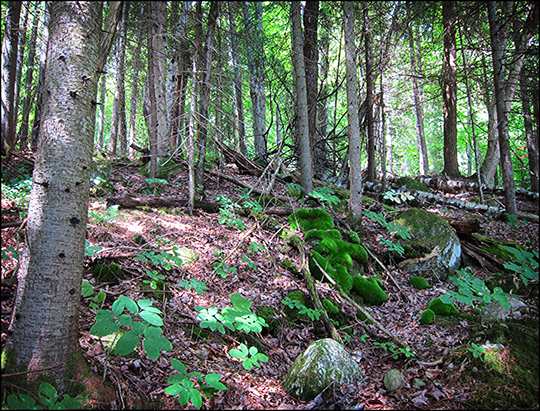
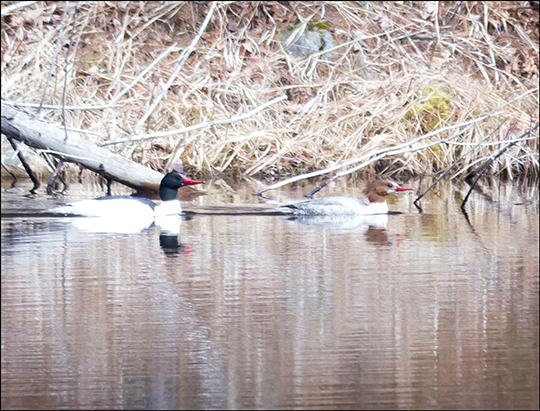
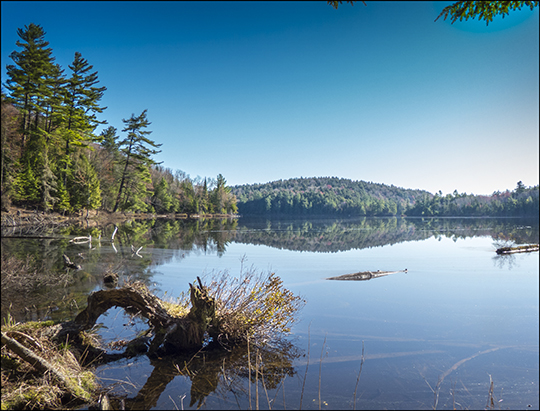
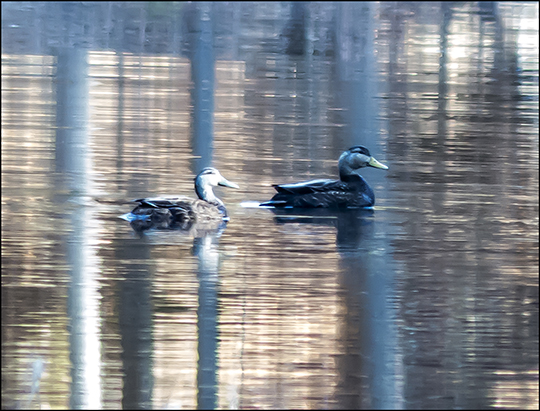

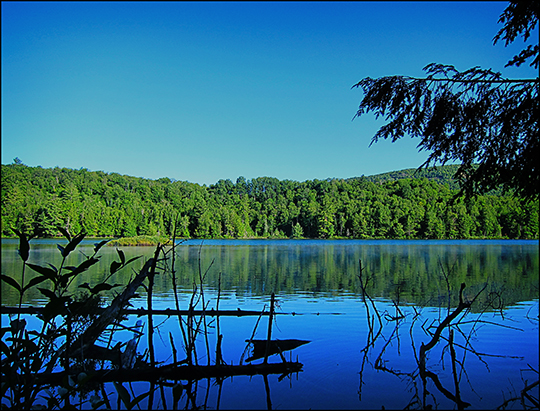
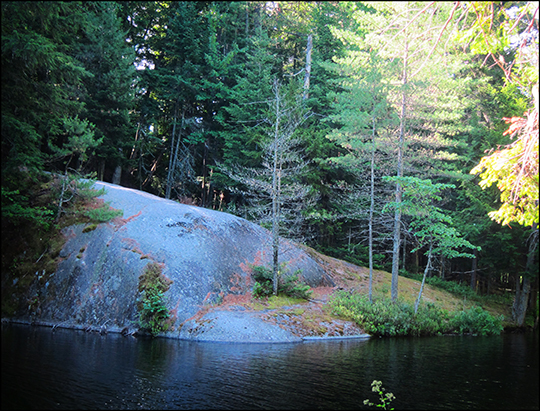

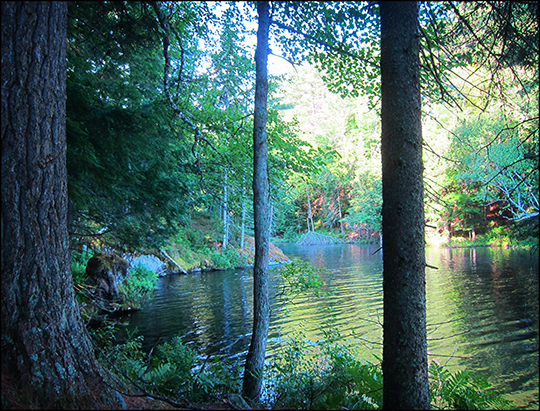
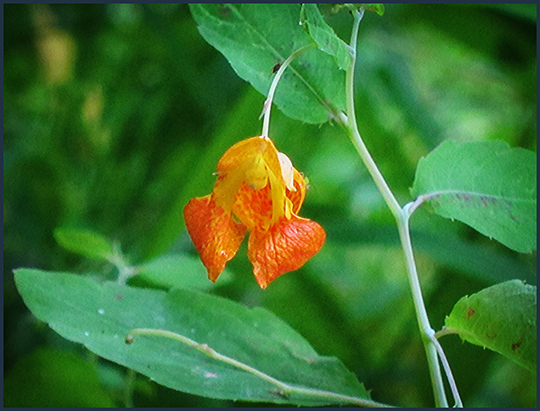
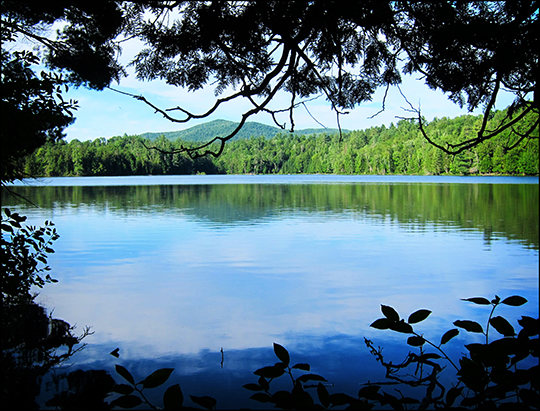

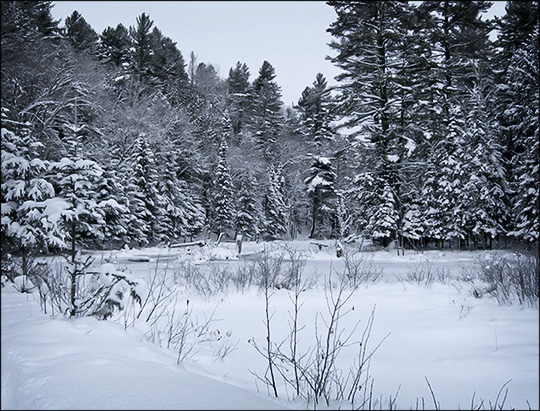


This
2.3-mile scenic loop passes through several Adirondack habitats: deciduous forest, conifer forest, and mixed deciduous-conifer forest, as well as a wetland area on the south end of Black Pond, near Black Pond Stream (the pond's outlet). Black Pond is a 72-acre glacial pond whose western boundary is a ridge of glacial soil and boulders, called an esker. Eskers in the Adirondack Mountains were created by melt-water streams, flowing under and within the glacier through tunnels in the ice. These streams built their own stream beds from rock material embedded in the glacier. After the glacier melted, these riverbed sediments were deposited on the landscape as winding ridges called eskers. The basin of the Black Pond was occupied by large chunks of ice, which formed a pond when it melted. Access to the pond is limited to non-motorized boats. Black Pond and Black Pond Stream have been extensively studied by the Adirondack Lakes Survey Corporation, which has published a detailed report on the chemistry, lake characteristics, and land cover of Black Pond..
To do the loop in a clockwise direction, begin at the trail head on the Keese Mill Road, near the former St. Regis Presbyterian Church. This part of the trail follows the Black Pond outlet (Black Pond Stream) and then skirts the western shoreline of Black Pond, between the esker and the pond. The trail takes you over a foot bridge and through glades of ferns and then by a dam, then continues around the eastern shore of the pond. There are two lean-tos on the Black Pond Trail: one on the southern tip of Black Pond and one on the eastern shore of the pond between Black Pond and Little Black Pond. The lean-tos are for day-use only. A clockwise tour of the Black Pond Trail ends just opposite the former St. Regis Presbyterian Church. Parking is available at the trail head on Keese Mill Road or at the St. Regis Mountain trail head.
Wildflowers which thrive along the trail include Spotted Touch-Me-Not, Wintergreen, Dewdrop, Wild Sarsaparilla, Pickerelweed, and Common Wood Sorrel. Birds which are commonly observed here include Winter Wren, Black-capped Chickadee, Golden-crowned Kinglet, Common Grackle, Song Sparrow, Red-breasted Nuthatch, Northern Parula, and Yellow-rumped Warbler. Water birds that may be seen on Black Pond, Black Pond Stream, or Little Black Pond include American Black Duck, Great Blue Heron, Common Merganser, and Hooded Merganser. This trail affords the best opportunity to see and hear Common Loons, which nest on Black Pond.
This is a backcountry trail, with some narrow, rocky, and wet sections. Hiking boots are recommended. In the winter, this trail becomes a snowshoe trail. Follow the orange markers.
